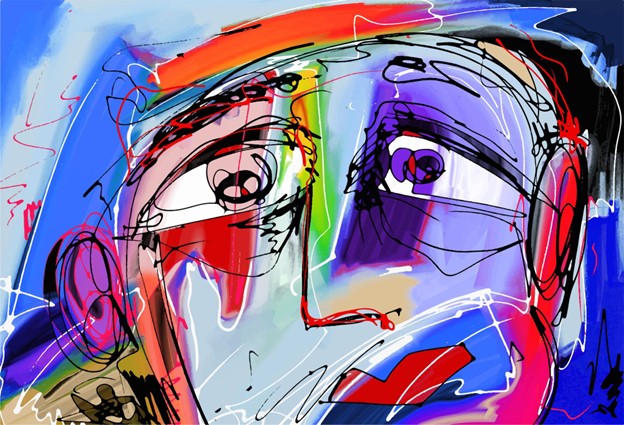The world of Web3 is a place of rapid innovation, and non-fungible tokens are leading the charge through the concept of shared, or fractionalized ownership of fine art.
NFTs are a unique technology that makes it possible to democratize access to the world’s most memorable paintings, giving anyone the chance to own a small piece of a Picasso, Van Gogh or Monet.
With NFTs, fine art can be tokenized – or essentially split into multiple parts in the same way a company is split into thousands of shares. With tokenized art, each person within a collective gets to share in its ownership by dividing the cost between them. For many people, this is the only way they’ll ever get to own a masterpiece, as very few are privileged enough to be able to buy one outright.
One of the most prominent startups in the fractionalized art space is Artfi, which is based in Dubai and dedicates itself to buying prominent, high-value artworks created by the world’s top artists. Once it takes possession of a painting, Artfi uses smart contracts to create 10,000 NFTs, each of which represents a share in the ownership of the physical artwork associated with it. Those NFTs are then auctioned off to Artfi’s community, enabling anyone who wants the opportunity a chance to become a part owner of their favorite works of art.
The prospect of fractionalized ownership of art is an interesting one, not so much because it gives everyday art fans the opportunity to own a piece of art, but because it enables them to become a part of the community around it.
In this model, transparency is key. The ownership of each piece of fine artwork snapped up by Artfi is easy to track, as the NFTs are stored on a public blockchain network that can be viewed by anyone. It’s a decentralized landscape that promises to create new opportunities for up and coming artists, helping to connect them directly to a community of collectors via a public NFT marketplace.
What Happens To The Art?
Artfi’s fractionalized ownership model could even result in the emergence of new artistic talents because it plans to provide both real-world and a metaverse-based platforms through which anyone can view its collection. Accessibility to art is a key focus for Artfi, so rather than storing its paintings in a private warehouse or gallery, like most traditional fine art collectors do, it will ensure they are all publicly accessible via the Artfi Foundation, a forthcoming museum that’s currently under construction in Dubai.
When the Artfi Foundation opens, everyone will be welcome to come and see its artworks with their own eyes, in person. Moreover, in line with its Web3 roots, Artfi is simultaneously building a virtual replica of its museum that will live within the metaverse, giving anyone in the world the chance to come and see its exhibits virtually, no matter where they are located.
The Artfi Foundation will take its place as one of the world’s top fine art museums from the moment it opens its doors. Already, Artfi has accumulated an impressive portfolio of masterpieces, with works from the likes of British contemporary artists Sacha Jafri, the Indian abstract artist VS Gaitone, and world renowned legends like Picasso and Banksy.
Artfi hopes that with enough traction and awareness it can foment a revolution in the fine art space, giving millions of fans the unique opportunity not just to own, but also view the world’s finest artworks with their own eyes.
